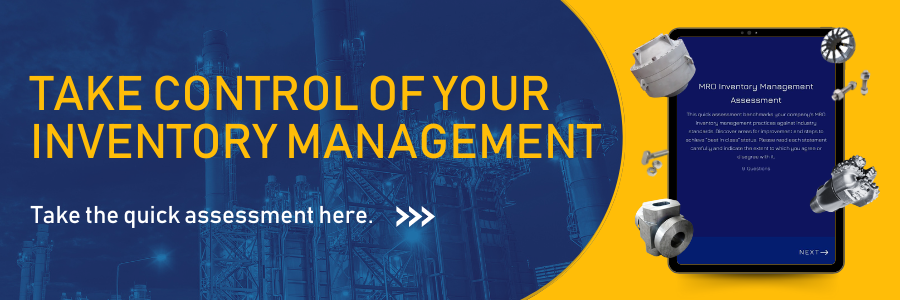Who Drives Asset Management in Your Company and What is Asset Management?
Remember the adage, “If everyone is responsible, then no one is responsible.”
In mid-career, I was hired by a major offshore drilling company embarking on a new operational strategy for deepwater drilling…my new role would come with the title of “Asset Manager.” My primary asset was a drilling vessel and its accompanying high-value equipment. The idea of centralizing responsibility for lifecycle management of high-value equipment in the role of a Rig Manager for Assets captured my imagination and never let go because it opened my eyes to why organizations ultimately buy and repair equipment—to maximize its value over the intended lifespan of the asset. What is the value proposition of spending hundreds of millions of dollars on a brand new well-equipped drilling vessel, but only doing minimum maintenance on high-value assets such as thrusters or deck cranes simply to maximize short-term cash flow?
After I absorbed discovering the concept of Asset Management (what is asset management) and the professional pleasure of arriving at the “why” of my work in maintenance/spare parts management, I began to ask different questions. Why did my new employer decide that Asset Managers are essential? Who would be my immediate supervisor and what would his role be? Who would the Asset Managers report to at the executive level to ensure the mission of Asset Managers would receive robust support at the top?
We’re Here at RigServ to Help Asset Management Help Your Company
Does your business have an Enterprise Asset Management system? Do you have high-value equipment in use or in a storage yard but no up-to-date database housing data attributes of that equipment? Do you have maintenance procedures that interact with operators everywhere attached to your high-value assets? If you answered no to any of these questions but want to answer yes… contact us here at RigServ so we can discuss solutions that fit your company.
Inventory Management Solutions
Asset Management Solutions
Distribution Management Solutions




